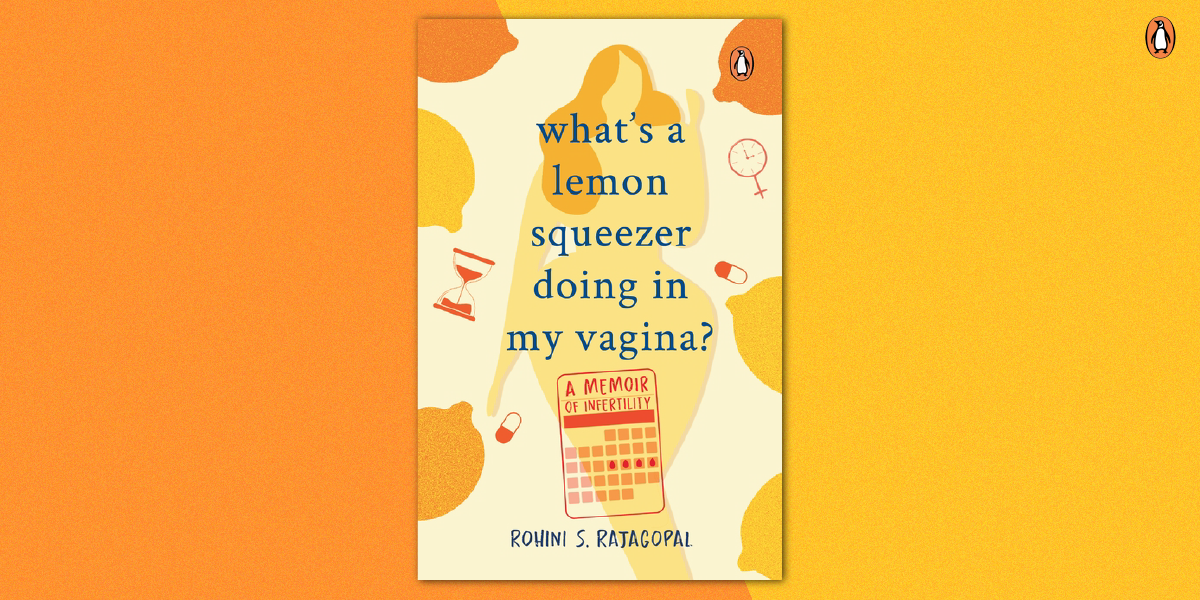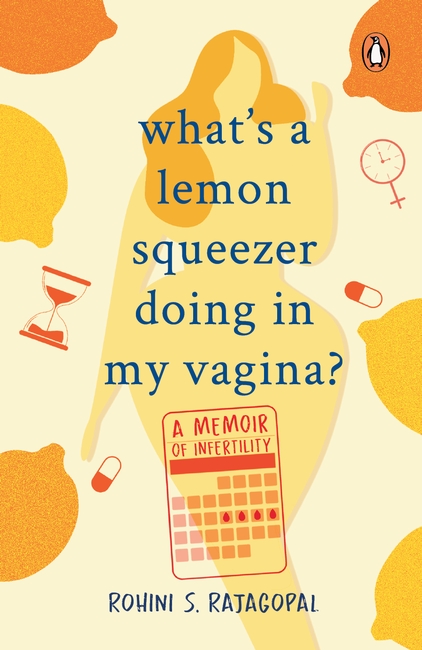Ever wondered what tales of resilience, courage, and empowerment lie within the lives of women worldwide? Dive into this handpicked selection of audiobooks, each offering a unique perspective and insight into the remarkable contributions of women from all walks of life. Let’s embark on a journey together to honor their strength and celebrate their stories this International Women’s Day!

Sita has been sent to Valmiki’s ashram at Rama’s command never to return. This extraordinary novel is her story, she who as much as Rama, is at the heart of the Ramayana, one of the greatest living epics. It is also the story of Lakshmana, crushed by guilt on Sita’s abduction of Soorpanakka shocked at Ravana’s being struck by love, alien to the rakshasa’s code and of Rama’s turmoil when confronted by public gossip about Sita, his beloved wife. Through the remembrances of these and other characters, Sita comes alive as a figure of womanhood.
Inspired by myriad age old and culturally diverse retellings, Vayu Naidu creates a rich, deeply moving and original work of fiction. Sita’s ascent illuminates the physical and emotive landscape of a woman in exile, who crosses the desert of loss and ascends the abyss of abandonment with the power of love that transforms the narrators and the listeners.

Who continues to pay the costs of war long after our soldiers are gone?
There are many stories of courageous heroes at the borders, but how much do we know about the women standing strong behind them?
The Force behind the Forces is a collection of seven true stories of eternal love, courage and sacrifice. Written by an army wife, Swapnil Pandey, this book brings to light moving stories of unimaginable valour in the face of broken dreams, lost hopes and shattered families. It proves that bullets and bombs can only pierce the bodies of our soldiers, for their stories will live on in the hearts of these brave women forever, women who have dedicated their lives to the nation, without even a uniform to call their own.
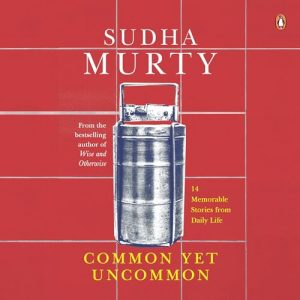
Meet these people: Bundle Bindu, so named because he likes his truth with a little embellishment, Jayant the shopkeeper who doesn’t make any profit, and Lunchbox Nalini, Sudha Murty herself, who brings her empty lunchbox—to be filled with food—wherever she goes!
Written in Sudha Murty’s inimitable style, Common Yet Uncommon is a heartwarming picture of everyday life and the foibles and quirks of ordinary people. In the fourteen tales that make up the collection, Sudha Murty delves into memories of childhood, life in her hometown and the people she’s crossed paths with. These and the other characters who populate this book do not possess wealth or fame. They are unpolished and outspoken, transparent and magnanimous.
Their stories are tales of unvarnished humans, with faults and big hearts.
Testament to the unique parlance of a small town, Common Yet Uncommon speaks a universal language of what it means to be human.
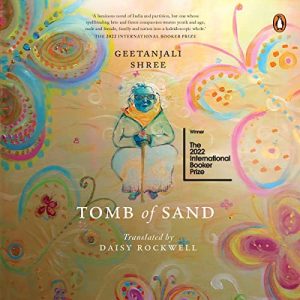
In northern India, an eighty-year-old woman slips into a deep depression after the death of her husband, and then resurfaces to gain a new lease on life. Her determination to fly in the face of convention–including striking up a friendship with a transgender person–confuses her bohemian daughter, who is used to thinking of herself as the more ‘modern’ of the two.
To her family’s consternation, Ma insists on travelling to Pakistan, simultaneously confronting the unresolved trauma of her teenage experiences of Partition, and re-evaluating what it means to be a mother, a daughter, a woman, a feminist.
Rather than respond to tragedy with seriousness, Geetanjali Shree’s playful tone and exuberant wordplay results in a book that is engaging, funny, and utterly original, at the same time as being an urgent and timely protest against the destructive impact of borders and boundaries, whether between religions, countries, or genders.
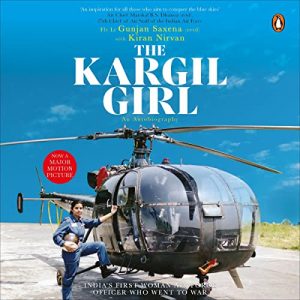
In 1994, twenty-year-old Gunjan Saxena boards a train to Mysore to appear for the selection process of the fourth Short Service Commission (for women) pilot course. Seventy-four weeks of back-breaking training later, she passes out of the Air Force Academy in Dundigal as Pilot Officer Gunjan Saxena.
On 3 May 1999, local shepherds report a Pakistani intrusion in Kargil. By mid-May, thousands of Indian troops are engaged in fierce mountain warfare with the aim to flush out the intruders. The Indian Air Force launches Operation Safed Sagar, with all its pilots at its disposal. While female pilots are yet to be employed in a war zone, they are called in for medical evacuation, dropping of supplies and reconnaissance.
This is the time for Saxena to prove her mettle. From airdropping vital supplies to Indian troops in the Dras and Batalik regions and casualty evacuation from the midst of the ongoing battle, to meticulously informing her seniors of enemy positions and even narrowly escaping a Pakistani rocket missile during one of her sorties, Saxena fearlessly discharges her duties, earning herself the moniker ‘The Kargil Girl’. This is her inspiring story, in her words.
Happy International Women’s Day!








